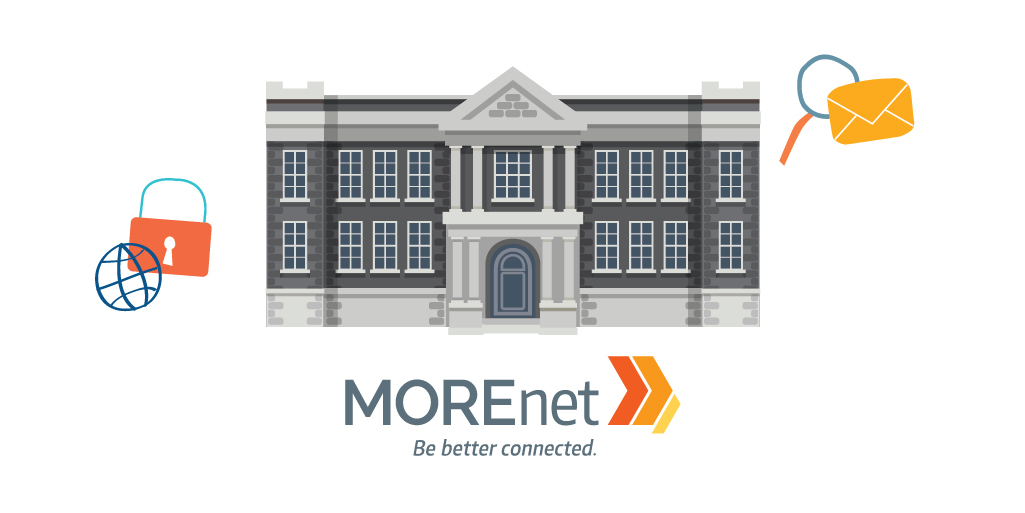
WHAT IS NEWS LITERACY?
News literacy means being able to understand and evaluate the news you see, read, or hear. It’s about knowing how to tell the difference between facts and opinions, spotting misinformation, and figuring out which sources are trustworthy. These skills help people make smart decisions and stay informed in today’s world.
National News Literacy Week (February 3-7, 2025) may have wrapped up, but the importance of teaching students how to navigate today’s media landscape never ends. The News Literacy Project provided an incredible lineup of activities focused on distinguishing credible news from misinformation, understanding media bias, and exploring how algorithms shape the content we see. While the official celebration is over, educators and librarians can still use these valuable resources to help students become more informed and responsible news consumers.
If you missed the daily activities, don’t worry—many of the lessons from the Activity Planner are perfect for continued learning. For example, the Breaking News Checklist infographic is a great tool to help students think critically about developing stories before sharing or believing them. The Introduction to Algorithms lesson from Checkology is another engaging way to show how content is curated online, helping students understand why they see certain posts and articles in their feeds. These discussions can be eye-opening, especially for students who rely heavily on social media for news.
Looking for ways to keep the momentum going? Try starting a weekly “News Detective” challenge where students investigate trending news stories using fact-checking websites like Snopes or AllSides. Another idea is to introduce a “Misinformation Monday” or “Fact-Check Friday” where students bring in viral claims, and the class works together to verify their accuracy. These simple activities reinforce critical thinking habits and make news literacy an ongoing conversation.
For a deeper dive, consider hosting a discussion about media bias using the Understanding Bias Checkology lesson. Assign students different news articles covering the same event and have them compare word choices, headlines, and framing. This exercise not only builds analytical skills but also helps students recognize how different outlets present information.
Even though National News Literacy Week has ended, the mission continues. By integrating news literacy into daily learning, we equip students with the skills they need to question, analyze, and engage with information responsibly. Whether it’s a five-minute bell ringer or a full lesson, every effort counts in helping the next generation become more informed, thoughtful media consumers.
